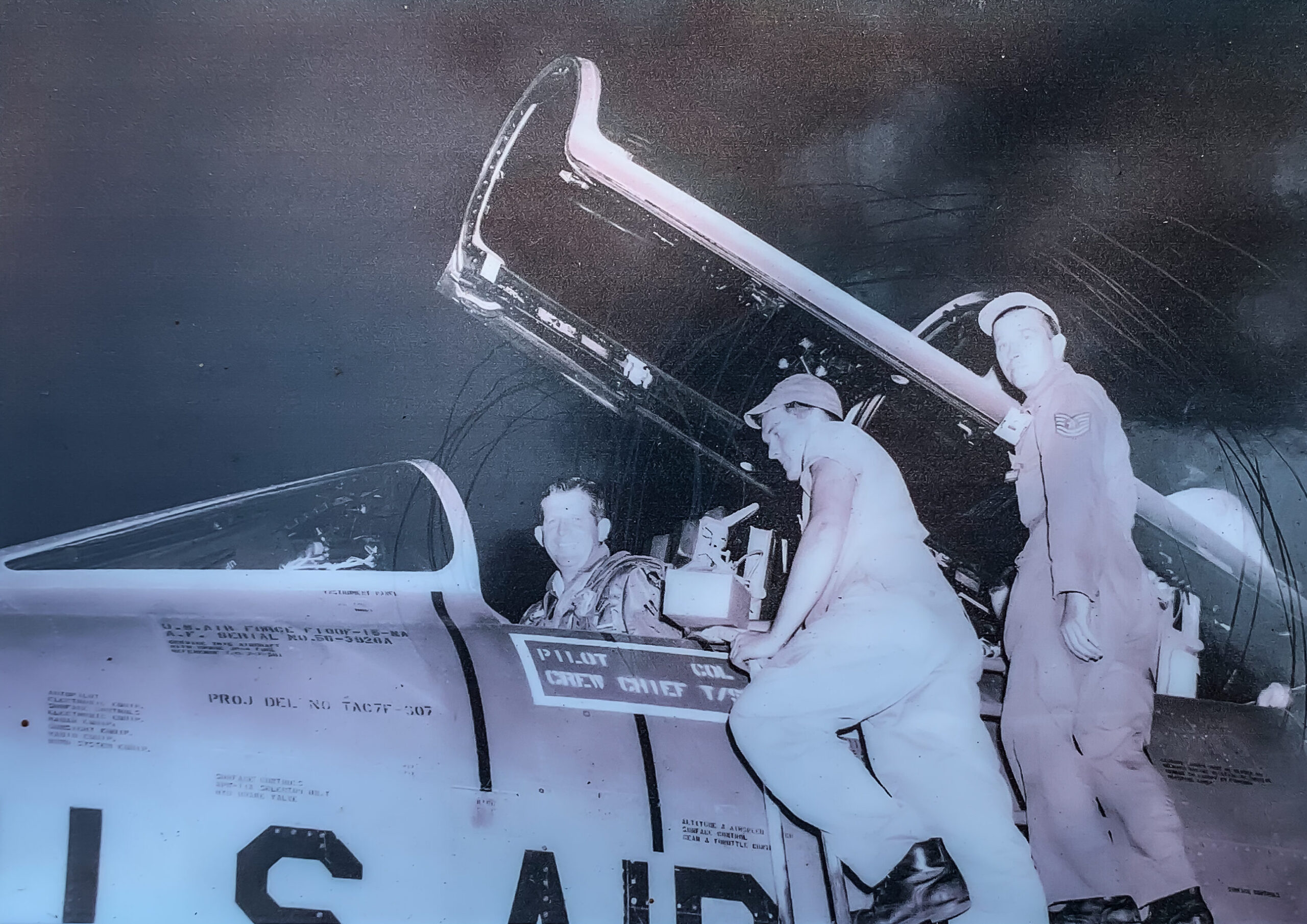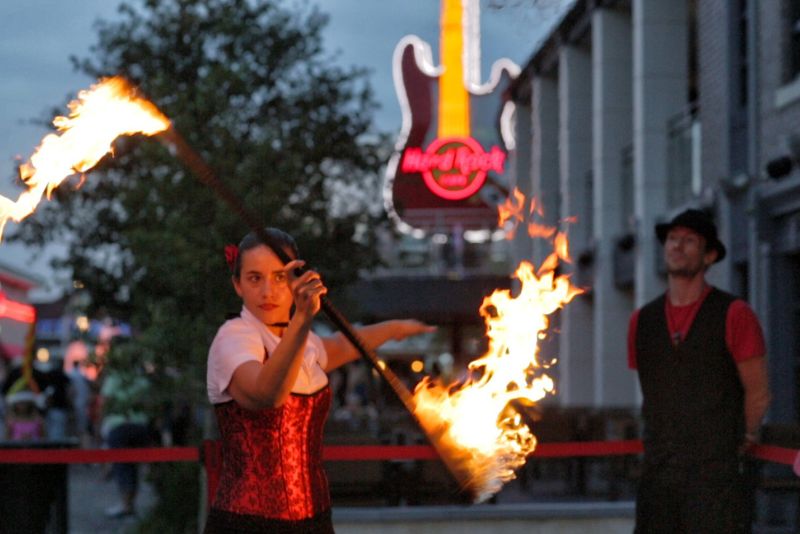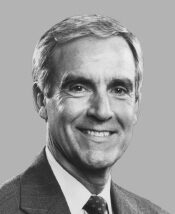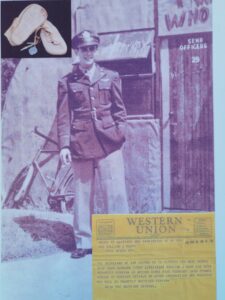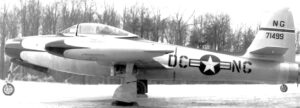Pioneer Mustang Group— The Illustrious 354th Wing
by Melissa LaScaleia
Continued from last month. Click here to read Part 2.
In 1956, officers and military personnel began the work of compiling a fighter wing on the premises of the newly reconstructed Myrtle Beach Air Force Base. The 342nd Fighter Day Wing was initially activated then subsequently deactivated.
In its stead, officers and airmen worked to reactivate the 354th Fighter Day Wing which garnered fame during World War II as the “Pioneer Mustang Group.”
This wing was commanded by Colonel Francis S. Gabreski, who was a top fighter ace in the European Theater during that war. (There is a street in the Market Common which bears his name in remembrance of his outstanding military feats including the destruction of more than thirty-four enemy aircraft in aerial combat.)
The wing was first activated at Hamilton Field Air Force Base in California, on November 15, 1942; the group flew P-39 aircraft. In October of the following year, the group began flying the P-51 Mustang, and shortly thereafter was transferred to England to begin combat missions in Europe. In 1944, the wing began flying P-47 aircraft.
Pilots from that wing engaged in over 18,000 attacks on the enemy, and earned more than 500 victories over the Germans. During World War II, the group produced 67 aces, of whom Lieutenant Colonel Glenn Eagleston was the leader— having single-handedly destroyed 18.5 enemy aircraft.
The unit earned two Distinguished Unit Citations and the French Croix de Guerre with Palm in honor of its outstanding accomplishments during World War II.
Major James H. Howard, who was part of the group, and for whom Howard Avenue in the Market Common is named, received a Medal of Honor for his exemplary courage and military service.
On August 25, 1944, groups of P-51s from the unit were unleashed against the enemy and successfully destroyed 51 enemy aircraft.
In total, during World War II, the 354th flew 18,334 sorties, or attacks against the enemy; destroyed 701 enemy aircraft via aerial means; 255 aircraft on the ground; 150 armored vehicles; 584 locomotives; 5,282 railroad cars; 55 bridges; 122 gun sights; 15 ammo dumps; 37 hangars; 834 buildings; and 9 airdrones.
The wing returned to the United States and was deactivated in February 1946. Thus is was with eagerness and pride that this illustrious wing was reactivated at the Myrtle Beach Air Force Base.
On December 7, 1956, the dedication ceremony for the new Wing took place at the base with an amalgamation of World War II veterans, military dignitaries, and civilians in attendance.
Notables involved included Lieutenant Bill Rutherford, who was a fighter pilot in the 356th Fighter Day Squadron, and Captain Robert Pasqualicchio, who was Commander of the 356th Fighter Day Squadron.
The first aircraft as part of that Wing, the F-100 Super Sabre, arrived at the base in 1957. Colonel James F. Hackler, Jr., for whom Hackler Street in the Market Common is named, was the group’s company commander, and delivered the aircraft.
To be continued. Click here to read Part 4.


